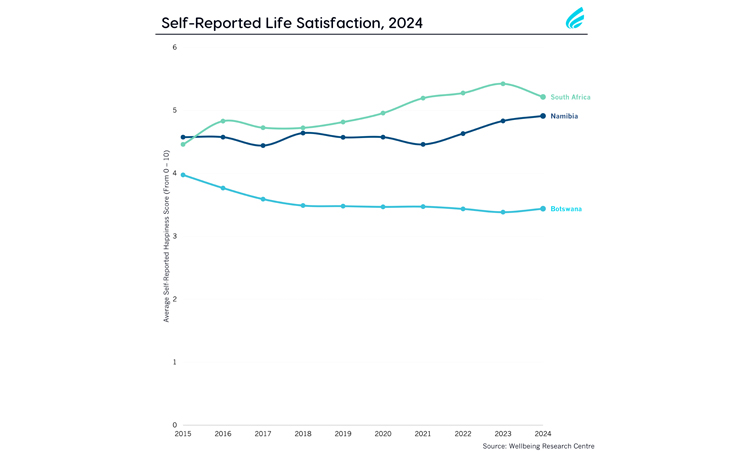The unusual measures unveiled last week by the United States Federal Reserve chairman, Ben Bernanke, promise to usher in an era of free money unprecedented in the history of financial markets.
They include tools designed to lower long-term interest rates and boost growth in the world’s biggest economy. Here we look at what the measures are, what they mean for you, and what will happen if they don’t work.
Why has the Fed been forced to take such drastic steps? After 18 months in which they have cut interest rates sharply, nationalised leading banks and provided tax rebates for consumers, US policymakers are now desperate to halt America’s slide into a deep and painful recession.
Fear of a slump runs as deep in the US as does fear of inflation in Germany, but all the conventional policy tools have so far failed. Non-farm jobs fell by more than 500 000 in November, the biggest drop since the mid-1970s, and the housing market is in free-fall. Bernanke is an academic who specialised in the Great Depression, one of which is that policymakers have to act fast to prevent a deflationary spiral setting in. So what is the Fed proposing?
Short-term rates are set by central banks and affect the cost of money to the financial system. In the UK, the policy, or bank rate, is 2 per cent. In the US, after last Tuesday’s cut, the Fed has set a target range of 0 per cent to 0,25 per cent, an all-time low.
Ultra-low policy rates make it easier for banks to lend money to their business and personal customers but these are not normal circumstances. The supply of credit has dried up as banks repair the damage to their balance sheets caused by losses on their ill-judged investments during the boom. Real borrowing rates for households and firms have fallen but not nearly so rapidly as have policy rates. The Fed’s actions last week are aimed at cutting real borrowing costs.
How does it do this?
The Federal Reserve has bought up mortgage-backed securities and the debts of Fannie Mae and Freddie Mac, the two giant state-owned mortgage finance companies. This week it said this programme would be stepped up and perhaps extended to purchases of longer-term treasury securities.
Buying treasury bonds, the remedy proposed by Keynes in the 1930s and taken up by Franklin Roosevelt, is a radical step and as yet only being ‘evaluated’ by the US central bank. But its aim is to drive down the long-term interest rates, normally set by buying and selling in the financial markets, through large-scale purchases of bonds. The interest rate – or yield – on bonds goes down as the price goes up, and buying bonds makes them more attractive by reducing the supply. Bringing down the interest rate on long-term bonds also brings down all other long-term interest rates, on fixed-rate mortgages, for example. It also gives the banks more money to lend because they exchange their bonds for money from the central bank.
This process, known as quantitative easing, involves a huge expansion of the central bank’s balance sheet so it can buy the bonds. It is not ‘printing money’ since it no extra banknotes are churned out, but it gives the commercial banks more capital to lend on to their customers. To be effective, the central bank has to reassure financial markets that it will hold down long-term interest rates for as long as it takes to get credit markets working again. This means expanding the money supply, with the risk of re-igniting inflation once growth picks up. Bond markets are traditionally terrified by inflation and if investors start to believe that the central bank has lost control, a bond market bubble could potentially turn into a bond market bust.
Keynes said there might be cases when spirits in the private sector were so low that there would be no desire to borrow at any level of short-term or long-term interest rates. The state would then try to boost activity itself, either by public works or tax cuts. President-elect Barack Obama’s plan for a fiscal boost worth 4 per cent of gross domestic product is an acceptance that quantitative easing might not be enough.
Milton Friedman said it would be possible for policymakers to end a depression by dumping wads of cash on the populace below from helicopters. This was cited by Bernanke in a paper in 2002, winning him the nickname Helicopter Ben. – The Guardian. Elliot is the economics editor of the newspaper
Stay informed with The Namibian – your source for credible journalism. Get in-depth reporting and opinions for
only N$85 a month. Invest in journalism, invest in democracy –
Subscribe Now!










